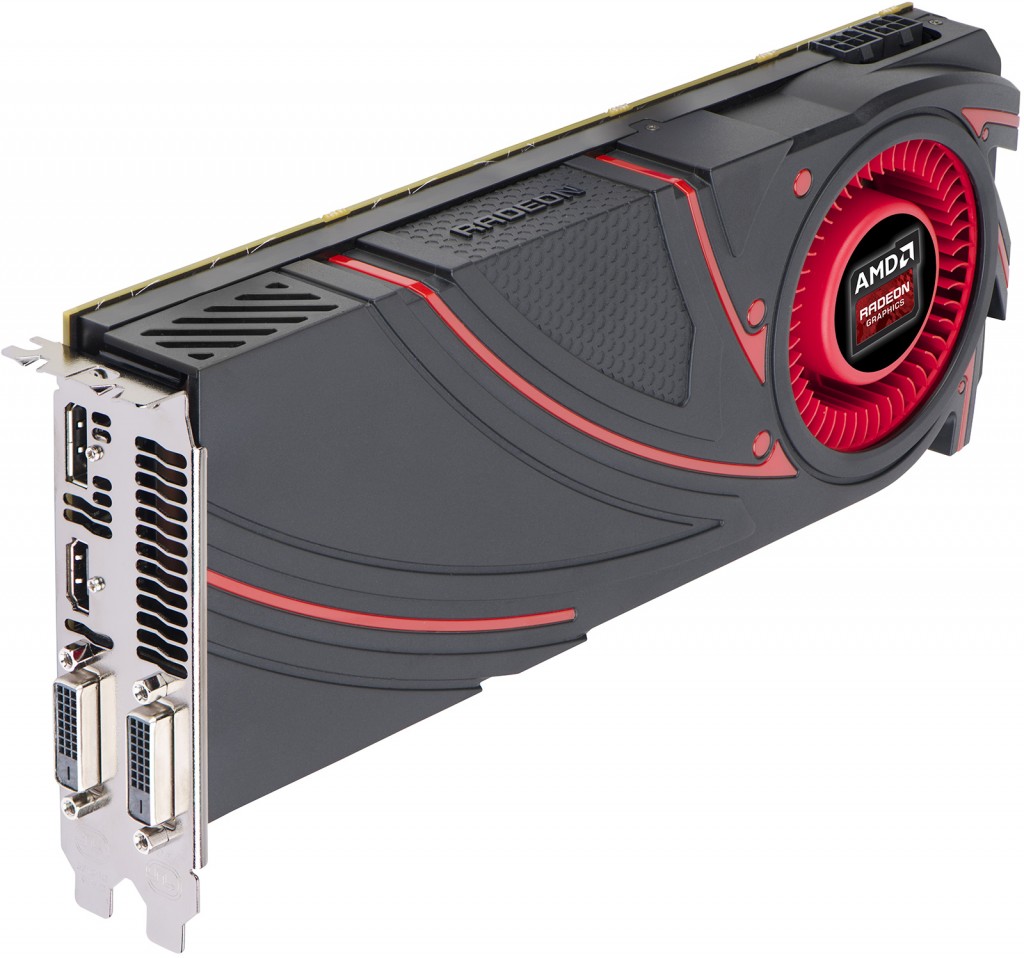Even though modern graphics cards are powerful enough to play the majority of video games in ultra HD resolutions, two modern graphics cards are usually required to play all the latest video games in 4K (3840*2160) ultra-high-definition resolution with all graphics effects enabled. AMD believes that the forthcoming graphics chips will significantly improve performance in high resolutions and one GPU will be enough to enjoy titles in UHD mode.
“Ultimately, the evolution of GPU horsepower is the biggest factor in driving 4K forward,” said Robert Hallock, head of global technical marketing at AMD, in an interview with GamingBolt web-site. “Graphics being such an important part of our business, of course, you can count on great progress on that front as the years wind on.”
At present only elite enthusiasts play in 4K resolutions partly because UHD displays are still pretty expensive. Moreover, far not all gamers can afford several high-end graphics cards. AMD’s upcoming graphics adapter – the Radeon R9 380X – will feature 4096 stream processors as well as 4GB of high-bandwidth memory with up to 640GB/s bandwidth. Increased GPU horsepower and increased memory bandwidth will significantly improve performance in 4K resolution.
“If you think back to the launch of the AMD Radeon R9 290X, our graphics card marked arguably the first time anyone could reasonably expect to play games at 4K on a single GPU,” said Mr. Hallock. “Sure, there were some games that needed two for peak image quality, but one was and is pretty solid for the majority of titles. We were also the first company to offer full support for 4K SST displays in our driver.”
While it is clear that increased performance of upcoming high-end graphics processing units will make single-GPU 4K gaming a reality, it is completely unclear when performance mainstream graphics solutions will be able to provide decent amount of performance for UHD gaming.
Discuss on our Facebook page, HERE.
KitGuru Says: Display resolutions have been increasing throughout the history of personal computers, therefore, UHD is the future of all displays and the future of PC gaming.
 KitGuru KitGuru.net – Tech News | Hardware News | Hardware Reviews | IOS | Mobile | Gaming | Graphics Cards
KitGuru KitGuru.net – Tech News | Hardware News | Hardware Reviews | IOS | Mobile | Gaming | Graphics Cards




Bit optimistic on 4K: “Sure, there were some games that needed two for peak image quality”
I had a 4K panel for about 4 months, Played a lot of games on it with 2 x 290X’s watercooled and overclocked and to be honest it didn’t blow me away, I had to RMA the panel as it developed dead pixels so went back to my 1080P 144Hz panel and with anti-aliasing honestly to my eyes there wasn’t a huge difference kind of small actually and it really didn’t warrant needing butt loads extra processing power to have a few lines here and there “pop” a bit more.
And you could actually benefit the 144Hz monitor.
Very true. Speak this to all forum and enlighten people with 4k Obsession
If I did that I would get called a low res peasant by the children on here, Pathetic world we live in.
My BF4 score has gone up quite a bit, I ran the game at 4K and was getting ok frames, Now I’m getting in the region of 90-144 as I have adaptive V-sync on, Graphically I can’t tell a difference and my kill/death ratio has improved quite a bit due to the increased snapiness 🙂
To make matter worse there are some guys even talks about 8k!! You need an HPC server to run games at decent frame rate @ 8k
Well technically the human eye can see up to 8K but beyond that there is no difference, Our eyes simply can’t tell the difference.
And more to the point there really isn’t that much of a difference right now even when going from 1080P to 4K, It’s just less aliased which I was slightly let down by, I think I hyped myself up too much for 4K,
And 8K will be viable but not for a long long time until more media production companies make the switch and hardware manufacturers make some truly incredible hardware to support it.
4k I agree is not that impressive, but three displays in surround or eyefinity will be more common with falling 1080p prices. Triple wide is analagous to 4k in terms of pixel count.
The human eye doesnt have a maximum resolution vision, it has a maximum pixel density perception when at a fixed distance from the screen, but 8k can STILL be too low resolution if we’re talking large TVs to pass that threshold.
Also, as somebody who has used 4k and tried switching back, while 1080p doesnt “Feel” wrong, switching between the two is a colossal difference. It’s like when people say that side-by-side 900p and 1080p look significantly different but you dont notice AS MUCH when playing, same deal here except more perceptible.
I used an Asus 4K panel for 4 months and yes there’s a difference but it’s not drastic, It looks sharper, Less aliased but at the moment the performance hit isn’t worth it not forgetting to mention current models are mainly all TN with the IPS versions coming in at a massive premium.
4K will be a good move when prices aren’t insane and graphics cards can handle 4K like they do 1440P now, That is when 4K will really start to take off.